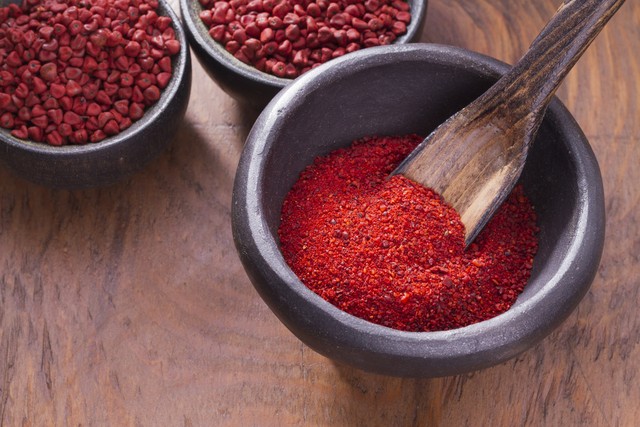Plant-Based Food Coloring Guide: Navigating the Natural Colorscape
- by 美容的重要
- June 20, 2023

Consumers are becoming increasingly conscious of their food choices, which has led to an increase in demand for plant-based alternatives. Plant-based food coloring has emerged as a popular choice for those who prefer natural and sustainable foods. Explore the origins, benefits, applications, and practical tips for incorporating plant-based food coloring into your culinary endeavors in this comprehensive guide to explore its natural colorscape.
Food coloring derived from plants has its roots in nature's vibrant colors binmei. These natural colors can be derived from a range of plant sources, including fruits, vegetables, flowers, and spices. The safe and sustainable alternative to synthetic dyes, which often raise concerns due to potential health risks and environmental impact, is plant-based food coloring.
By using ingredients found in nature, plant-based food coloring creates a sense of authenticity and purity in your culinary creations. One of the primary advantages of plant-based food coloring is its inherent connection to the natural world. You can add a subtle touch to your food or make a bold statement with the diverse selection of plant-based food colors.
In addition to their visual appeal, plant-based food coloring also offers valuable nutrients and health-promoting properties. For example, betalain, the vibrant red pigment found in beets, is not only visually striking but also possessing antioxidant and anti-inflammatory properties. Turmeric, renowned for its golden hue, contains curcumin, a potent antioxidant and anti-cancer compound.
It is possible to enhance the nutritional value and appearance of your dishes by incorporating plant-based food coloring. Unlike their synthetic counterparts, these colors offer a wholesome and holistic approach to food presentation, aligning with the growing emphasis on wellness and mindfulness.
Food coloring made from plants can be used in a variety of culinary applications, from baked goods to desserts to savory dishes to beverages. Imagine a beautifully decorated cake adorned with vibrant frostings, or a salad filled with a variety of colorful vegetables that appeal to both the eyes and the palate.
In addition, plant-based food coloring lets you explore global cuisines and cultural traditions. A variety of cultures have historically used natural colors in their culinary practices, like the vibrant yellow of saffron in Indian cuisine or the striking purple hue of butterfly pea flowers in Southeast Asian cuisine. It is not only visually appealing to incorporate these plant-based food colors, but it is a tribute to the rich culinary traditions of the world as well.
There are a few practical tips you should follow when using plant-based food coloring to ensure optimal results. Choosing fresh, ripe produce and organic products whenever possible is essential to ensuring the best color extraction and minimizing pesticides and chemicals in the dish.
Secondly, consider the flavor profile of the natural color you're using. Although many plant-based food colors are relatively neutral in taste, some might have a subtle flavor that can enhance or alter your dish's overall flavor. In addition to its vibrant green color, matcha powder has a mild earthy taste that can enhance desserts or beverages.
Play with different color combinations, techniques, and applications to discover your own unique style with plant-based food coloring. Play with color combinations, techniques, and applications to make your own unique style! Embrace the beauty of nature and let the colors guide your culinary journey.
Engage your creativity and celebrate nature's dazzling colorscape when you explore plant-based coloring for the dishes you create. By embracing this sustainable approach, you are not only enhancing the visual appeal of your culinary creations but promoting a healthier and more environment-friendly way to cook. Embark on an exciting journey that celebrates the beauty and advantages of natural hues!
Related articles:
Rediscovering ancient plant-based color techniques to preserve tradition